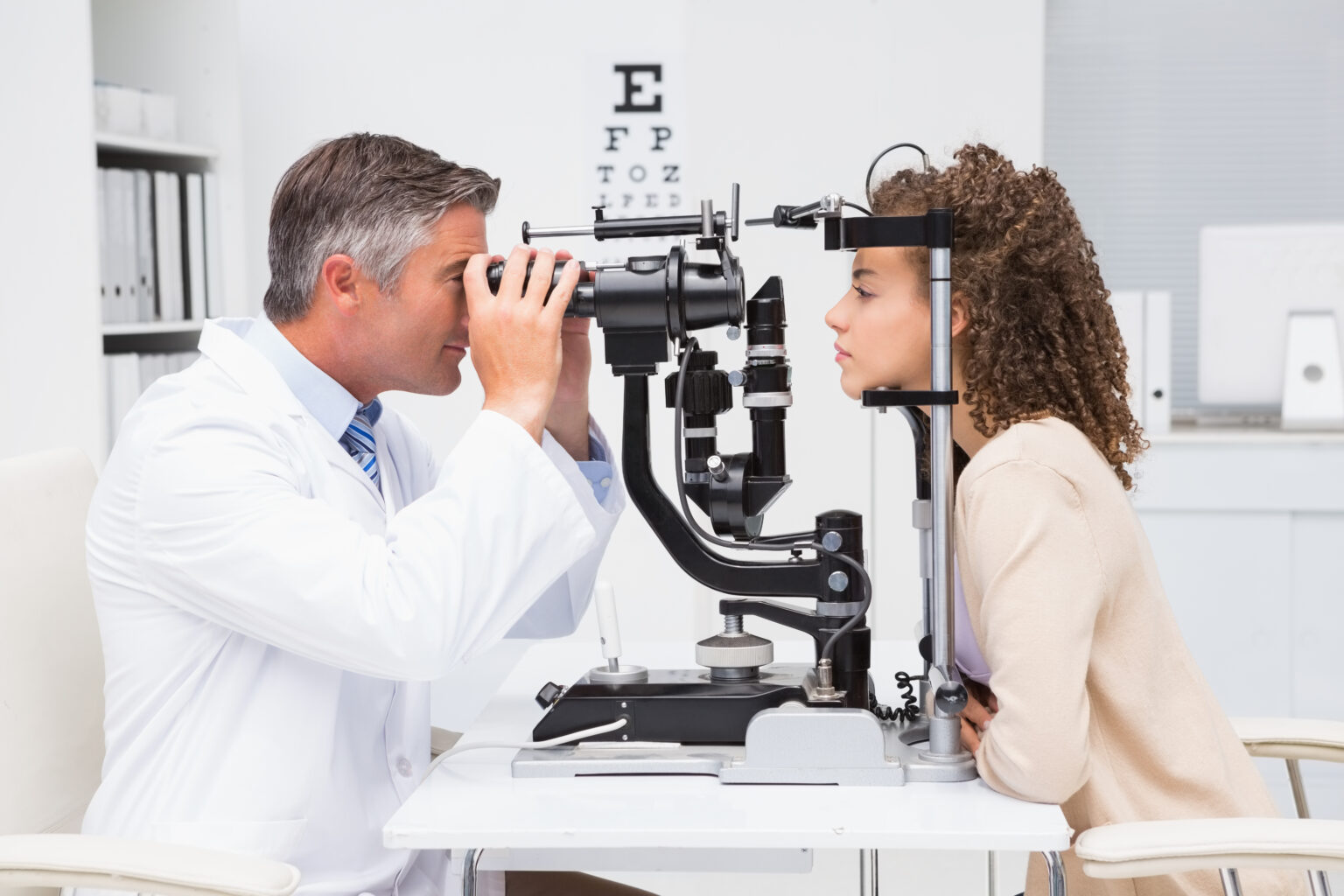What are the symptoms of a retinal hemorrhage?
The symptoms of a retinal hemorrhage can vary depending on the severity and location of the bleeding within the retina. Common symptoms include:
- Sudden Vision Loss: This can range from partial loss of vision to complete loss, often in one eye.
- Blurred Vision: Vision may appear hazy or unclear.
- Floaters: You may see spots or floaters in your field of vision.
- Flashes of Light: You might experience flashes or sparks of light.
- Dark or Shadowy Areas: Dark patches or shadowy areas in your vision.
- Distorted Vision: Objects may appear distorted or warped.
- Pain or Discomfort: Some people experience eye pain or discomfort, though this is less common.
These symptoms may develop suddenly or gradually and can be associated with underlying conditions such as diabetes, hypertension, or trauma. If you experience any of these symptoms, it’s important to seek prompt medical attention from an eye care professional to determine the cause and appropriate treatment.
What are the causes of a retinal hemorrhage?
Retinal hemorrhage can result from various causes, often related to underlying medical conditions or trauma. Here are some common causes:
1. Diabetes
- Diabetic Retinopathy: High blood sugar levels damage blood vessels in the retina, leading to leakage and bleeding.
2. Hypertension
- Hypertensive Retinopathy: Chronic high blood pressure can cause damage to retinal blood vessels, leading to bleeding.
3. Trauma
- Eye Injury: Direct trauma to the eye can cause retinal hemorrhage.
- Head Trauma: Severe head injuries can lead to retinal bleeding.
4. Retinal Vein Occlusion
- Central Retinal Vein Occlusion (CRVO): Blockage of the central retinal vein can lead to retinal hemorrhage.
- Branch Retinal Vein Occlusion (BRVO): Blockage of one of the smaller branches of the central retinal vein can also cause bleeding.
5. Retinal Artery Occlusion
- Central Retinal Artery Occlusion (CRAO): Blockage of the central retinal artery can lead to retinal damage and bleeding.
6. Inflammatory Conditions
- Uveitis: Inflammation of the uvea can cause bleeding in the retina.
- Posterior Vitreous Detachment (PVD): The detachment of the vitreous from the retina can cause bleeding.
7. Eye Surgery or Procedures
- Post-Surgical Complications: Surgical procedures on the eye can sometimes lead to hemorrhage.
- Injections or Laser Treatments: Certain treatments can inadvertently cause bleeding.
8. Systemic Diseases
- Blood Disorders: Conditions such as blood clotting disorders or leukemia can increase the risk of retinal hemorrhage.
- Vascular Diseases: Conditions like atherosclerosis can affect blood flow and contribute to bleeding.
9. High-Risk Behaviors
- Straining or Physical Stress: Activities that cause significant physical strain, such as heavy lifting or intense coughing, can sometimes lead to retinal hemorrhage.
10. Preterm Birth
- Retinopathy of Prematurity (ROP): Premature infants may develop retinal hemorrhages due to the fragility of their blood vessels.
11. Tumors
- Retinal Tumors: Malignant or benign tumors in the retina can cause bleeding.
Prompt evaluation by an eye specialist is crucial for diagnosing the underlying cause of retinal hemorrhage and determining the appropriate treatment.
What is the treatment for a retinal hemorrhage?
Treatment for a retinal hemorrhage depends on the underlying cause, the severity of the hemorrhage, and the extent of vision loss. The primary goal is to address the cause of the bleeding, prevent further damage, and restore or preserve vision. Here are the general approaches to treatment:
1. Monitoring and Observation
- Small Hemorrhages: In cases where the hemorrhage is minor and not causing significant vision loss, the eye specialist may recommend observation. The hemorrhage may resolve on its own over time as the body reabsorbs the blood.
2. Treating the Underlying Condition
- Diabetes Management: For patients with diabetic retinopathy, controlling blood sugar levels through medication, diet, and lifestyle changes is crucial. This helps prevent further hemorrhages.
- Blood Pressure Control: For those with hypertensive retinopathy, managing blood pressure through medications and lifestyle modifications is essential.
3. Laser Therapy
- Photocoagulation: Laser treatment can be used to seal leaking blood vessels in conditions like diabetic retinopathy. This helps prevent further bleeding and stabilizes the retina.
4. Intravitreal Injections
- Anti-VEGF Injections: Medications like Avastin, Lucentis, or Eylea can be injected into the eye to reduce abnormal blood vessel growth and leakage in conditions like diabetic retinopathy and retinal vein occlusion.
- Steroid Injections: In some cases, steroids are injected to reduce inflammation and swelling in the retina.
5. Vitrectomy
- Surgical Removal of Vitreous Gel: In severe cases where there is significant bleeding into the vitreous (the clear gel that fills the inside of the eye), a vitrectomy may be performed. This surgery involves removing the vitreous gel along with the blood and replacing it with a clear solution. This can improve vision and prevent further damage.
6. Treatment for Specific Conditions
- Retinal Vein or Artery Occlusion: Depending on the cause, treatment might involve laser therapy, intravitreal injections, or surgery.
- Retinopathy of Prematurity (ROP): Preterm infants with this condition may require laser therapy, cryotherapy, or surgery.
7. Preventative Measures
- Lifestyle Modifications: Managing chronic conditions like diabetes, hypertension, and high cholesterol through diet, exercise, and medication is crucial in preventing recurrent hemorrhages.
- Avoiding Strain: Patients may be advised to avoid activities that increase the risk of bleeding, such as heavy lifting or intense physical exertion.
8. Vision Rehabilitation
- Low Vision Aids: For patients who have experienced significant vision loss, vision rehabilitation services and low vision aids may be helpful in maximizing remaining vision.
Prompt treatment is important to prevent permanent vision loss, and regular follow-up with an eye specialist is essential for managing the condition.

Leave a Reply
You must be logged in to post a comment.